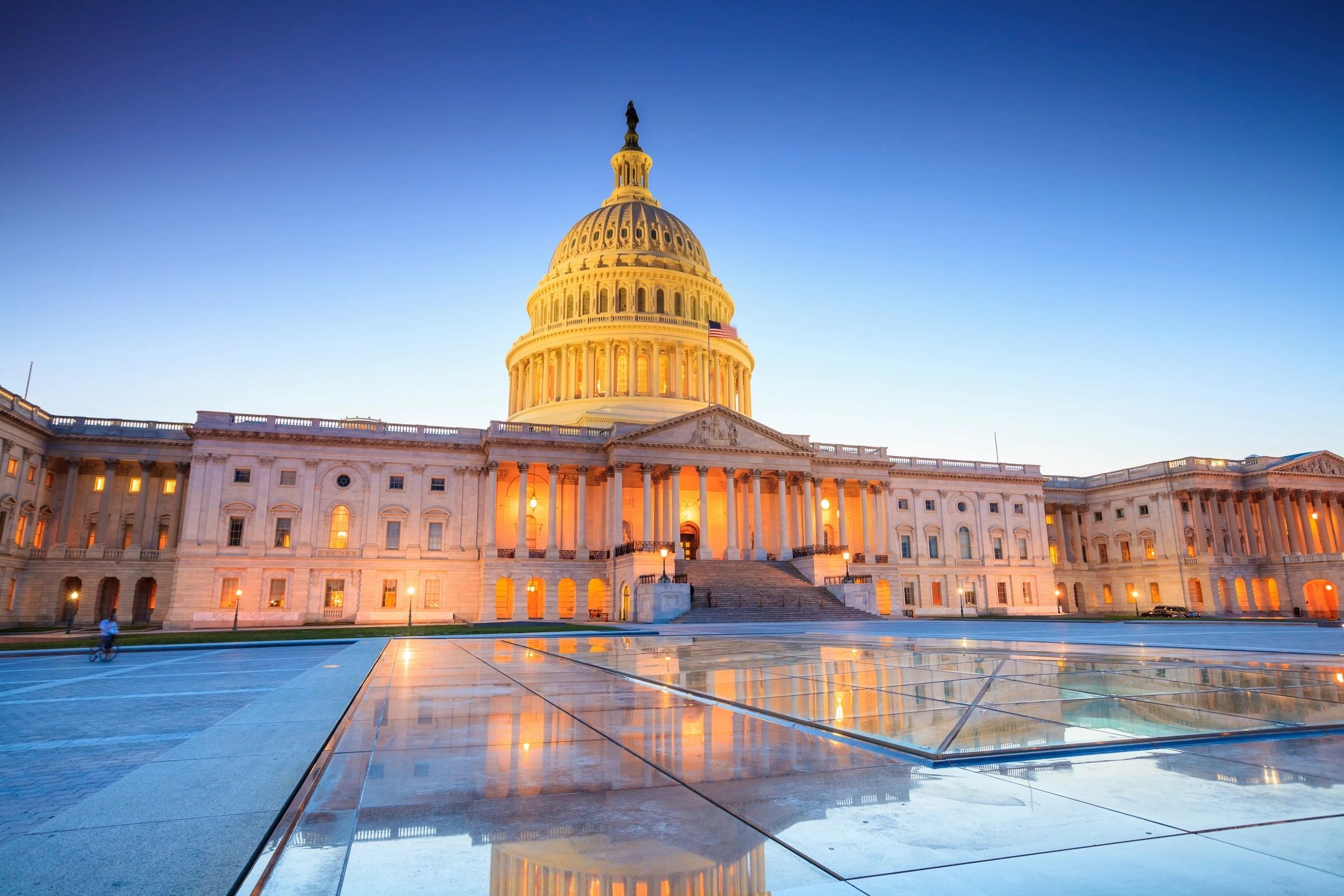In this week’s installment of market rollercoaster, we’re confronted with a script so riveting it makes Shakespearean drama look like a friendly banter at a tea party. The spotlight has landed on the perennial political stand-off, the US debt ceiling. It’s nothing short of an intense dance-off, a treasuries tango, where the dancers, yields and the ceiling, are tangled in an awkward embrace. And let me assure you, dear readers, there’s much to be analyzed, appreciated, and apprehended from this spectacle.
The bone of contention is the borrowing limit. Democrats and Republicans are engaged in a near-absurdist version of a tug-of-war, with neither side yielding an inch. The specter of the US defaulting on its debt commitments hangs heavy in the air, the tension palpable as our lawmakers squabble and the sands of time continue to slip away. Markets, like an anxious audience, are on high alert.
Early June is the harbinger of doom, or so says the Oracle of the Treasury, Janet Yellen. An unheeded prophecy, as evidenced by the yield slip on securities maturing June 1 – they recoiled below 6%, after peaking above 7%. You could hear the sigh of relief from the optimistic quarters, fueled by comforting whispers from lawmakers. The dance went on, with riskier bills showing their volatility, but the anxiety, a specter lurking in the corner, never really left the dancefloor.
Yields over 6% – an unfamiliar sight for those securities due before June 1 – have become the norm, rather than the exception. The enigmatic dance partners, yields and ceiling, seem intent on creating a new normal. Yet, the majority of investors continue to give Treasury’s four-week offering the cold shoulder, a crowd of wallflowers at this waltz, watching, waiting, wary.
Like a puppet on strings, the broader Treasuries market is being jerked back and forth by the shifting winds of political commentary. A consensus on the debt ceiling could spell relief, prompt a surge in risk-taking, and soften the appeal of havens. But, if severe spending cuts accompany this agreement, we may see the dancefloor turn into a mosh pit.
Amidst this chaos, optimism peeks through, albeit momentarily. Sentiment rebounded and Treasury notes saw increased selling, with traders betting on further monetary policy tightening by the Federal Reserve. The prospect of a quarter-point interest-rate increase in the next two meetings, perhaps as early as next month, is no longer a chimera but a looming reality.
The dialogue between the dance partners is not without its own drama. House Speaker Kevin McCarthy’s enigmatic message hinted at progress in negotiations with the Biden administration, but some “outstanding issues” continue to loom ominously. As the dance carries on, we’re left to speculate on these issues, even as negotiators lock horns over spending limits in a bill that could potentially lift or suspend the debt ceiling.
What then should a keen observer watch for in this spectacle? The first indication comes from the yield curve for bills, the shortest-dated Treasuries. Any noticeable distortions in the curve can imply increasing investor concerns about a potential default. The current sore point seems to be around early June, but the lack of a legislative fix could still lead to a potential summer of discontent, even if we make it past the June danger zone.
An array of estimations about when the government might exhaust its funding options, referred to as the X-date, form another key factor to watch. Treasury’s predictions of hitting this wall as early as June have been echoed by most strategists, albeit a few optimists hold out hope that the Treasury might be able to extend its resources till late summer.
The US government’s fiscal stamina, measured by its cash balance, is the lifeblood of this ongoing dance. With the balance sinking below $50 billion, alarm bells are ringing. Such a drastic reduction places us on shaky ground, reminiscent of 2021’s trials. The extraordinary measures being employed by the Treasury might not be enough to keep the dance going much longer, having already exhausted more than two-thirds of their potential.
The costs of insuring US debt, reflected in credit-default swaps for the government, have become pricier than those of several emerging markets with significantly lower credit ratings. It’s as if investors are pricing in the prospect of the dance ending abruptly, and the results are unsettling.
As we stand, the tension is building. Every tick of the clock, every yield fluctuation, every murmured statement from lawmakers, and every whiff of uncertainty, paints a grim picture of what the future holds. But, as every observer of this grand dance will tell you, it’s not over until it’s over. And so, the market continues to hold its breath, as the US debt ceiling standoff dances into another week.



